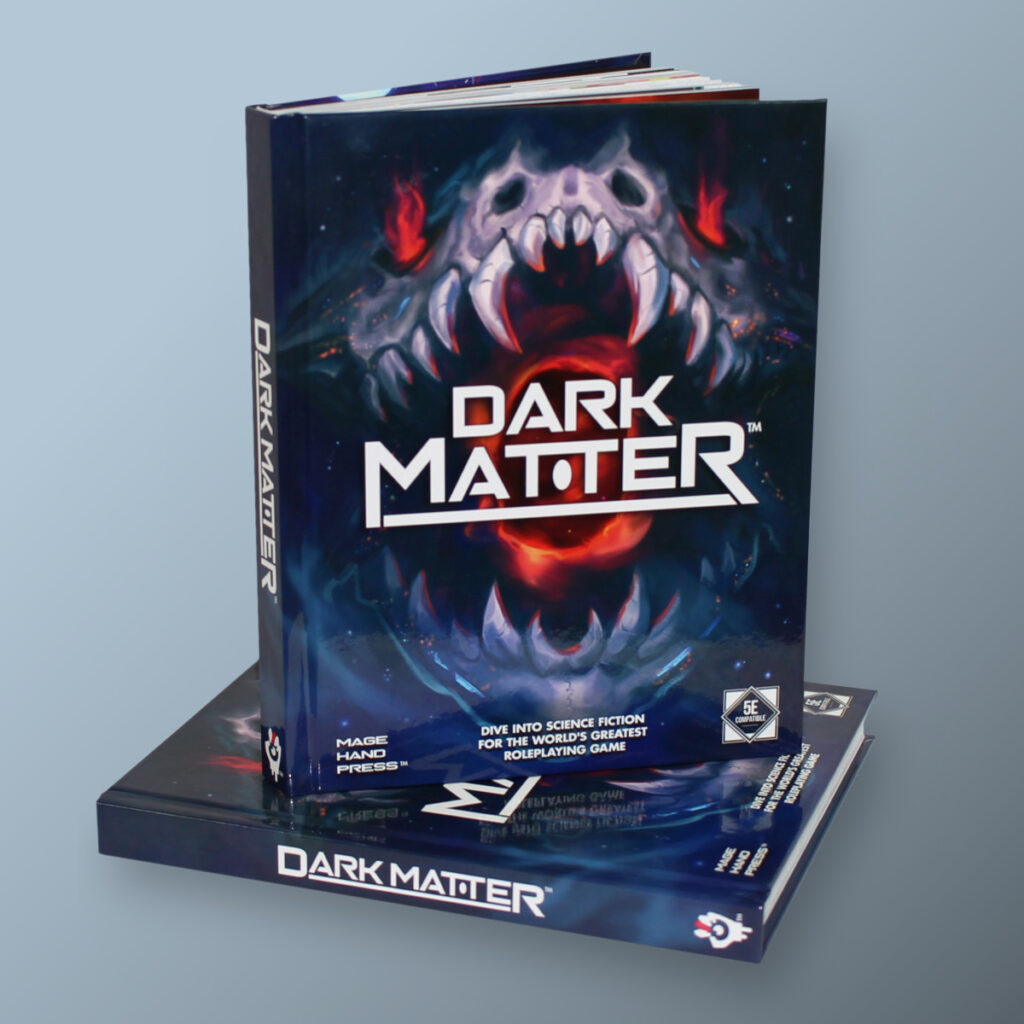Comments from the Finger: For those not familiar with D&D 3.5, the majority of fondly-remembered prestige classes for Rogues provided some method mechanically for a rogue to get as many Sneak Attacks as possible off in a single round. This was far more difficult in that edition, as Sneak Attack required precise positioning among teammates, risking your skin against the more punishing Attacks of Opportunity, or seeking some way to catch your foe off guard and deny them their Dex bonus to AC, a loophole for an automatic Sneak Attack. Most of the popular classes, including this one, used the last strategy because of its relative safety.
And before you think it, no this class was not published before the Wu Tang rapper Ghostface Killa became famous, thus it is not exonerated from sharing the same name. In fact, you should simply embrace that this embarrassingly named class is certainly an homage to early 2000s rap, because in all other respects its a damn fine class for the assassin in your party that want just a little bit of magic to make getting sneak attack easy sometimes.
Ghost-Faced Killer
The Ghost-Faced, depending on who you ask, are either an order of assassins or specters of death itself. The members of this guild preserve ancient techniques, passed down through generations, by which a man becomes a spirit, and how that spirit can kill. Inducted members are given a porcelain demon masks of ghostly white to hide their identities and their first mission: to slay a man in broad daylight, and escape invisibly into the air.
Ghost Step
Beginning at 3rd level, as a bonus action, you can become invisible until the beginning of your next turn. You can use this feature a number of times equal to your Charisma modifier (a minimum of once). You regain all expended uses when you finish a long rest.
Ghost Sight
At 9th level, you gain the effects of see invisibility at all times.
True Ghost Step
Starting at 13th level, as a bonus action, you can step into the Border Ethereal until the beginning of your next turn. During this time, you can move in any direction. If you move up or down, every foot of movement costs an extra foot. You can see and hear the plane you originated from, but everything there looks gray, and you can’t see anything more than 60 feet away.
While on the Ethereal Plane, you can only affect and be affected by other creatures on that plane. Creatures that aren’t on the Ethereal Plane can’t perceive you and can’t interact with you, unless a special ability or magic has given them the ability to do so. You ignore all objects and effects that aren’t on the Ethereal Plane, allowing you to move through objects you perceive on the plane you originated from.
When the duration ends, you return to the plane you originated from having moved the same distance as you did in the Border Ethereal. If this would return you to the same spot as a solid object or creature, you are immediately shunted to the nearest unoccupied space that you can occupy and take force damage equal to twice the number of feet you are moved. After you use this ability, you must complete a short or long rest before using it again.
Dread Strike
Beginning at 17th level, you can make a devastating attack that frightens your target to death. When you make an attack against a creature that can’t perceive you, you can designate this attack a Dread Strike. If the attack hits, the creature is frightened and must make a Wisdom saving throw with a DC equal to 10 + your proficiency bonus + your Charisma modifier. On a failed save, the creature takes 6d6 psychic damage. Creatures immune to fear automatically succeed this saving throw and are not frightened.



